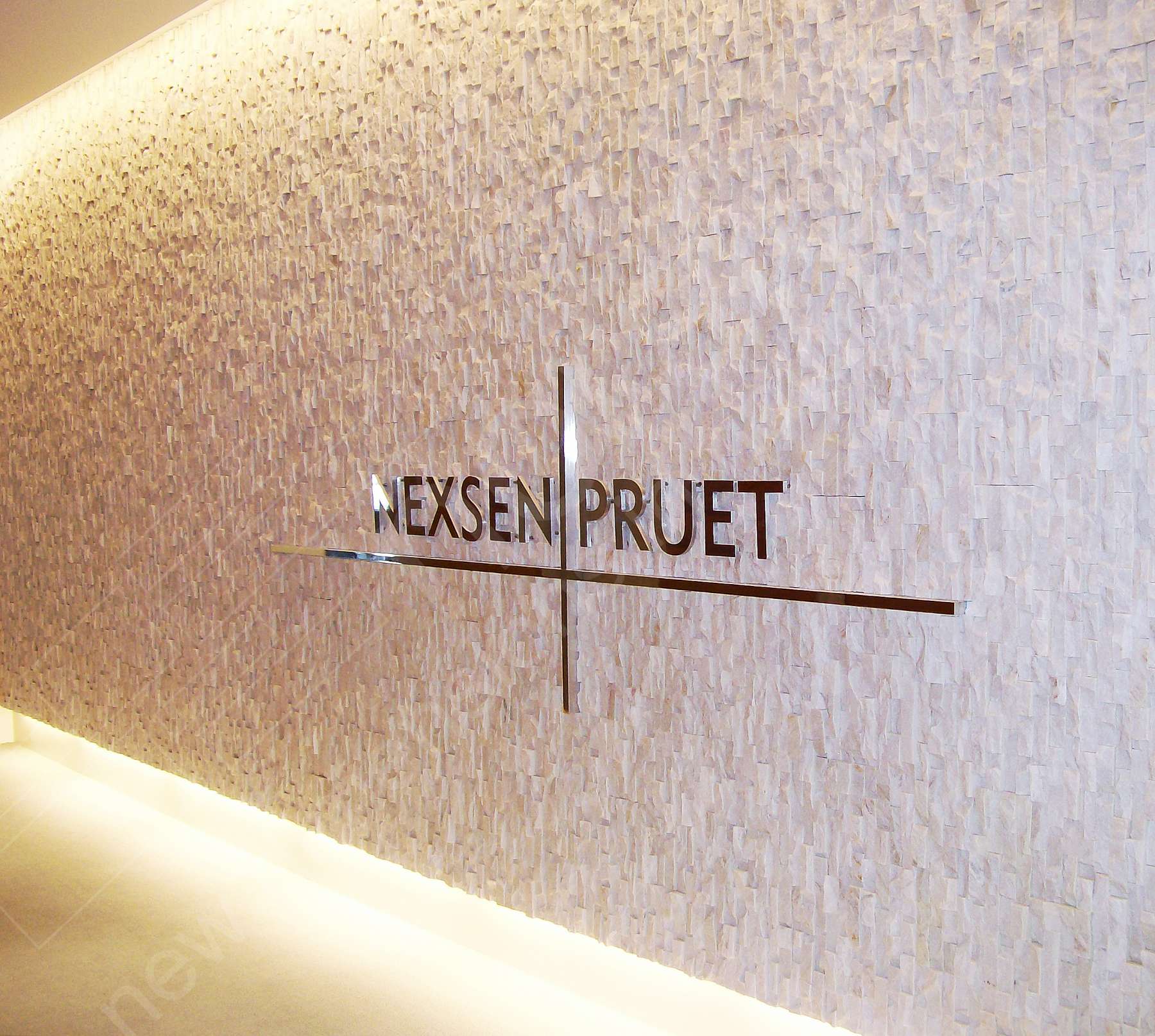How to Install Signage on a Stacked Stone Wall
Over the years, we’ve been fortunate enough to see our Norstone Stacked Stone Rock Panel products used on many commercial applications ranging from the professional offices of lawyers, doctors and accountants, to hospitality settings such as hotels, casinos, restaurants, and bars, as well as retail locations like malls and grocery stores. One of the things that is very important to any commercial project is the signage, after all, it doesn’t matter how great the building or the stacked on it looks, if a client or customer can’t find your company you’re moving backwards. Our stone products are often used in conjunction with the signage because their unique color and texture can be used to create a nice accent area, making it an ideal backdrop for a company’s signage.
One question we get a lot with signage is what’s the best way to to install it over stacked stone. A product like our Standard Series Rock Panels can have up to 1” in depth variation, making it impossible to get something like commercial signage to lay flat. The best solution we’ve found to installing signage on a stacked stone wall is using specific hardware called “stand offs”. A “stand off” is a couple pieces of hardware that work together to position the signage out in front of the face of the stone, while still keeping the signage flat and level.
The attached diagram illustrates how “stand offs” work in a very basic format. Most often, a stand off comes with a couple different parts. The barrel is a cylinder shaped object which gets screwed into the wall, or stone in our example. Typically, a headless threaded screw will screw into the barrel and then nuts and / or caps are threaded onto the screw and connect and hold the signage.

This photo from a physician’s office shows the barrels that were sunk into a wall of our Ochre XL Series stone veneer panels. A masonry bit is the best tool to use to drill these holes into the stone, and then the barrels are typically cut down to the right elevation so that when the signage is installed it remains flat.

This next project photo is from the entrance way to a law firm in Charlotte, NC. As we can see here, the signage can be both individual letters as well as larger format shapes and designs using stand offs to keep the signage out in front of the stone. Stainless steel is a very common product used in signage, and looks great in this application against our Standard Series White Rock Panels.
For most commercial applications, a qualified sign installer is going to be the right person to be planning, manufacturing and installing the signage and appropriate hardware, especially over a more challenging vertical surface like stacked stone. It’s critically important that the holes for the signage are in both the right location on the wall, as well as the “stand off” hardware is drilled and positioned at the right elevation so that the end result is signage that is level, spaced correctly, and looks great. Stand off hardware is also versatile enough that it can be used to hang art, shelves, and a variety of other things on a stacked stone wall.
If you have any questions about how to hang anything on a stacked stone wall, call any of our friendly stone experts and we can offer our advice and if its outside your area of expertise, help get you in touch with the right professional in your area to do the job. Contact us today to learn more!
.png)



